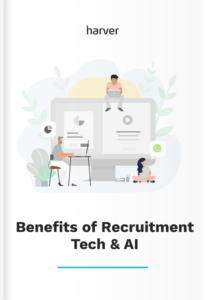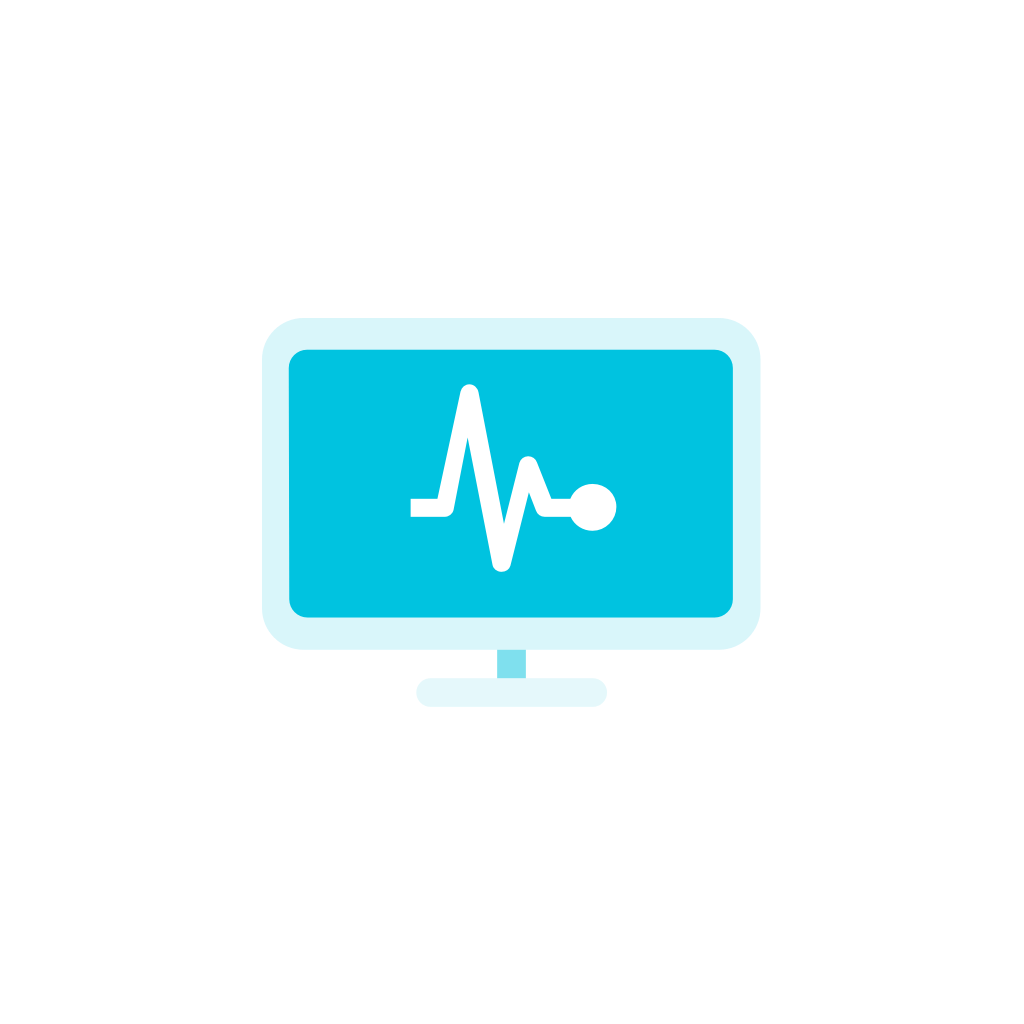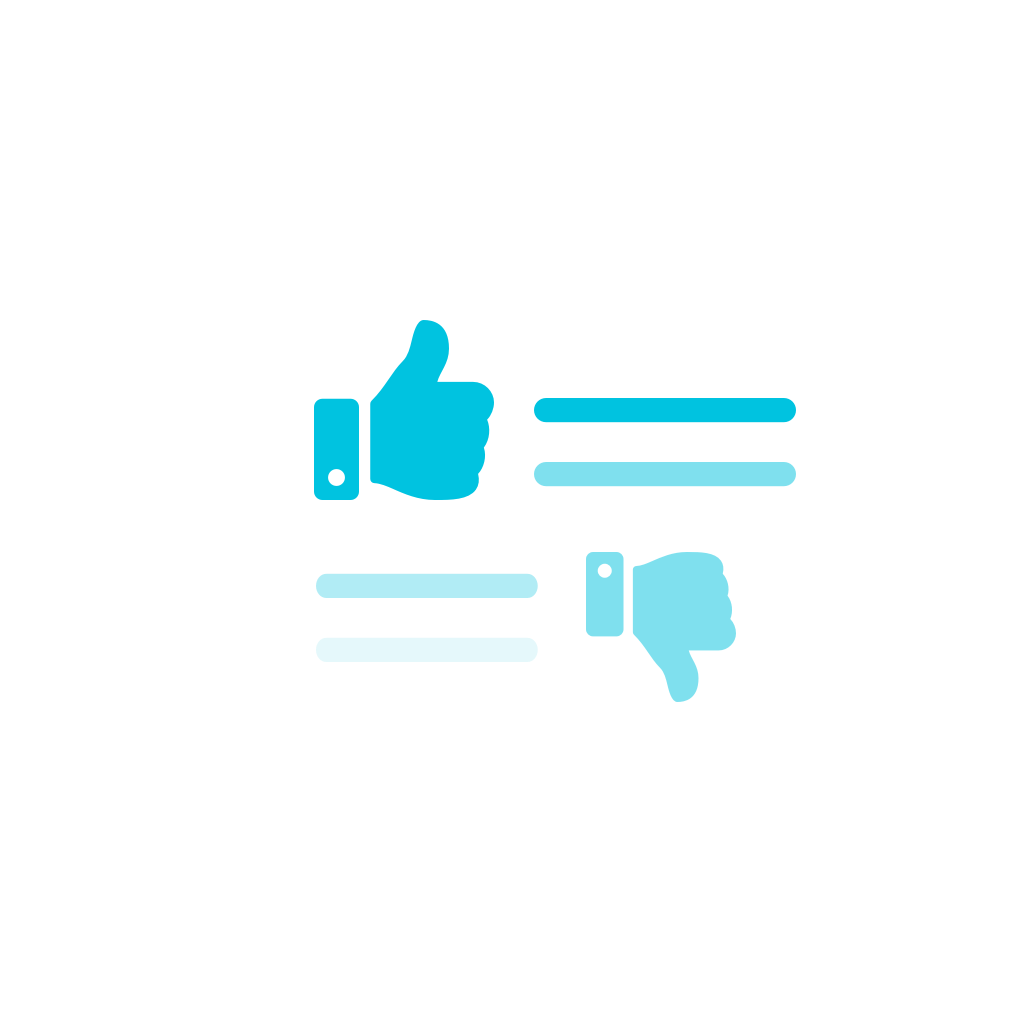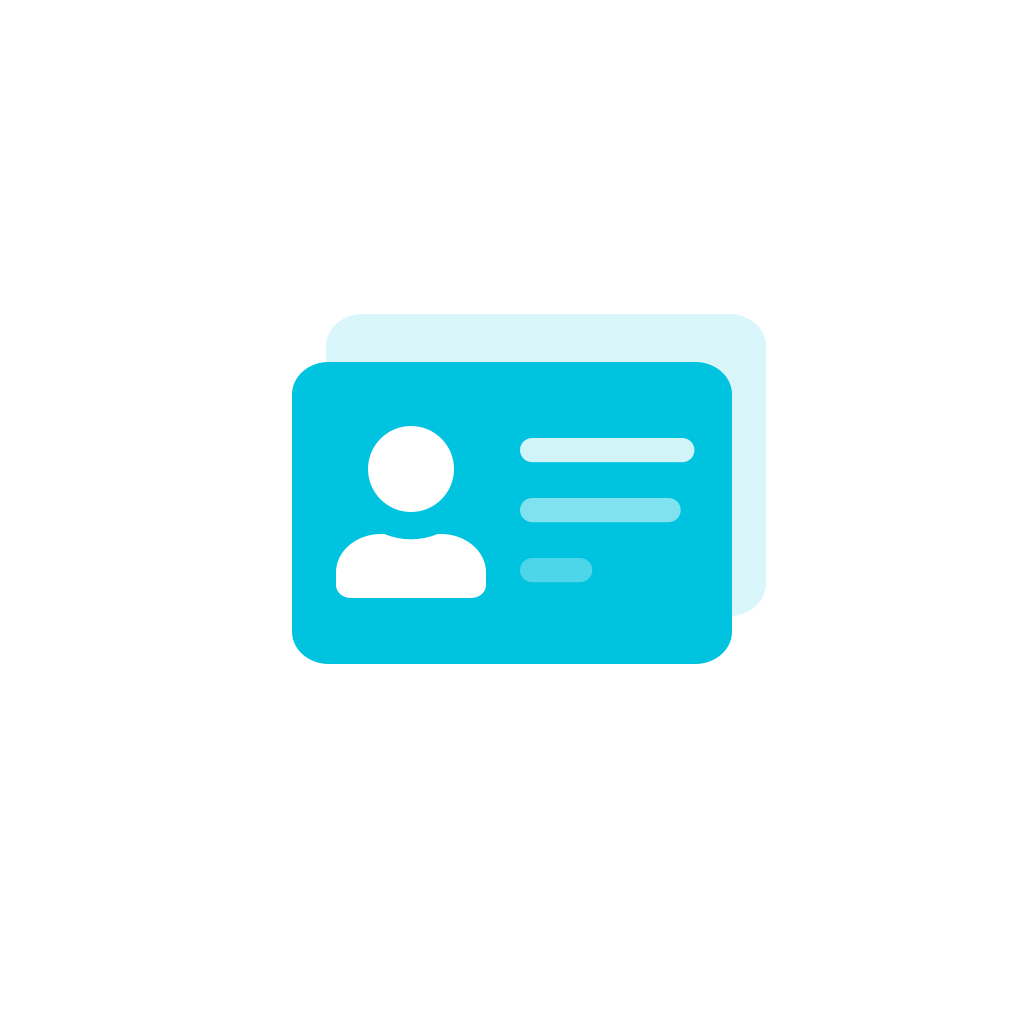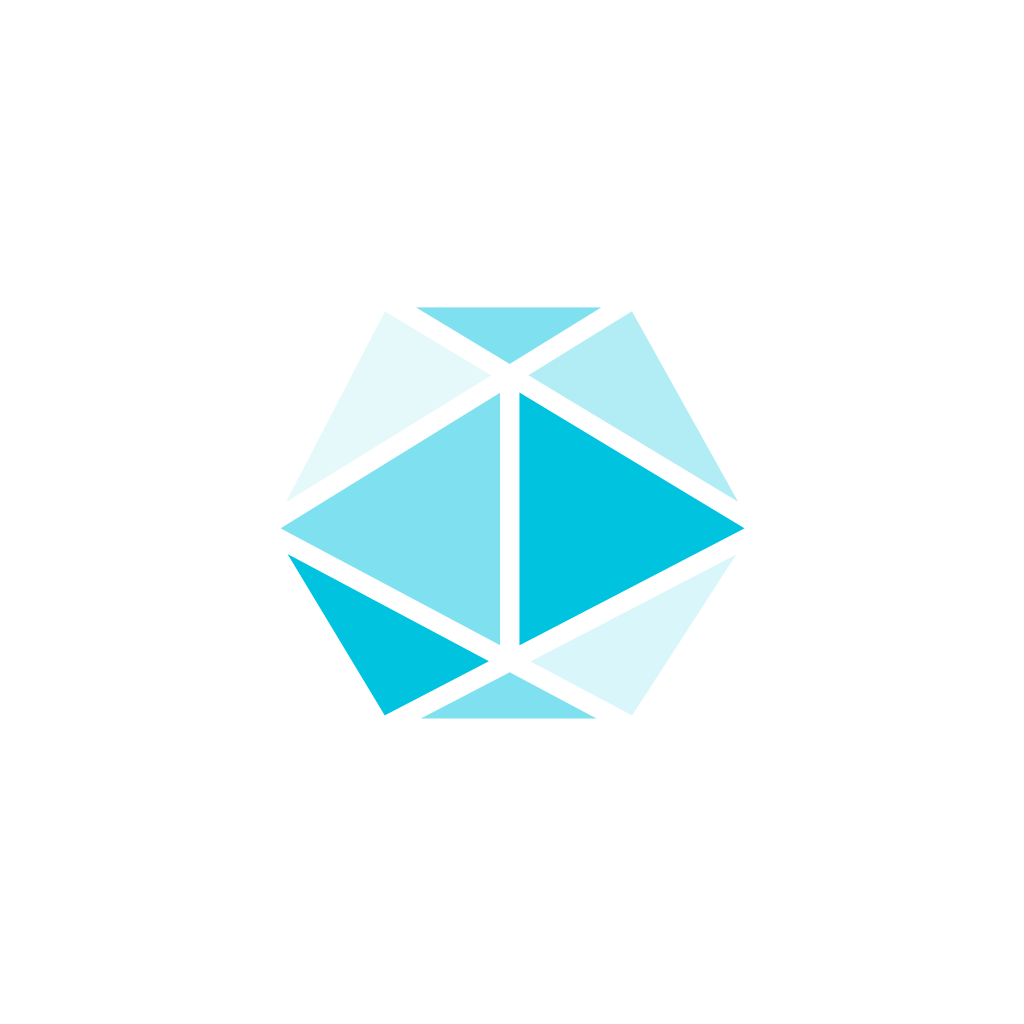Like it has with so many other industries, automation technology is transforming recruiting as we’ve known it.
75% of recruiters say technology will play a larger role in their hiring process this year—and we can expect that 100% of recruitment departments will rely on automation to streamline hiring processes sooner rather than later.
With that said, in an industry that’s centered almost entirely around people, it may seem counterintuitive to automate different parts of your recruiting process; however, there are actually a number of benefits to doing just that, especially when you’re hiring at scale.
What’s in?
Why should you use recruiting automation?
Recruitment teams benefit from using recruiting automation in many ways. Here are a few of the most impactful advantages.
Increased productivity
Automation is not meant to replace recruiters, but rather to empower them to work more efficiently and make better decisions at a faster pace.
Automating processes like manual resume screening and interview scheduling allow you to focus on more meaningful work.
Below you can watch our on-demand webinar on process efficiency in volume hiring, to see how automation helps recruitment and talent teams hire faster and better.
Improved quality of hire
Recruiting automation not only increases efficiency but also improves the quality of a company’s hiring efforts. It allows recruiters to hire candidates based on characteristics predictive for job success.
Automation also leads to more consistent hiring decisions, as it removes many variables that are not predictive for job performance. This is especially important in verticals such as retail, quick-service restaurants, or contact centers/BPOs, where recruitment teams have to review and assess hundreds or even thousands of candidates every month.
Enhanced candidate experience
Automation technology doesn’t only benefit recruiters—it benefits candidates as well!
By automating certain steps in the recruitment process, recruiters can focus more on building relationships, while candidates experience a streamlined process, get faster responses, and don’t have to wait as long for a hiring decision.
For example. here’s the candidate experience we built for retailer Valvoline.
At the end of the application process, candidates are asked to rate the experience.

Zappos, for example, another client of ours in the retail vertical, reached 97% customer satisfaction after implementing the Harver end-to-end digital hiring solution. You can read the case study below.
Bias-free hiring
By using technology for screening, assessing, and ranking candidates, you can remove any common hiring biases and ensure the process remains completely objective. Turning to automation to find ideal candidates without unconscious biases leads to increased diversity in the workplace.
Here’s for example the Diversity and Inclusion dashboard available in the Harver platform. By implementing custom pre-employment assessments that are created to minimize adverse impact, and tracking your diversity and inclusion metrics, you can ensure a more fair hiring process.

Reduced time to hire
Each day that an open role goes unfilled, companies face lost profitability and productivity.
By automating certain phases of the hiring process, such as candidate pre-screening, nurturing, and assessments, you can greatly reduce your overall time to hire and provide a more positive candidate experience in the process.
For example, Albert Heijn, one of our retail clients, managed to reduce their time to hire by 40%, by implementing the Harver solution for end-to-end digital hiring.
How is recruiting automation used in the hiring process?
Recruiters can use automation technology in many different ways throughout all stages of the hiring process, from the initial application to the final decision.
1. Job advertising
One of the best ways to use automation in recruitment is with programmatic job advertising, which is the purchasing of digital advertisements using software.
Automating placing your advertisements will allow you to target the ideal candidates all over the internet and save money on ads with a low (or no) return on investment. Automated advertising budget management makes this possible, helping recruiters reduce cost-per-applicant by over 30%.
Recruiting automation can also improve your employer brand messaging. Many recruiters are turning to advertising automation tools to push out branded content that’s more appealing than your average job posting. Instead, job postings include content that highlights different employee experiences and paints a picture of the company’s culture.
Appcast, Joveo, Recrutics, Wonderkind and Adstream are examples of job advertising platforms that rely on automation to target relevant talent.
2. Applicant tracking
Applicant Tracking Systems (ATS) are one of the most common types of recruitment automation technology. These systems are used by recruiters to collect and track the recruitment process in a hiring database.
Tracking begins as soon as a candidate applies for an open role and continues throughout the hiring process so recruiters and hiring managers can all easily access details on which stage a candidate is in and collaborate in the recruitment process.
With so many candidates competing for so many open positions, this type of solution is invaluable for staying organized—not to mention for ensuring you don’t accidentally lose track of someone who’s an awesome fit!
ATSs have many different functionalities from careers site editor to sourcing extensions and even video interviewing, so consider your needs carefully when choosing your ATS.
Popular ATS vendors are Oracle’s Taleo, Jobvite, RecruiterBox, Greenhouse, Workday, Lever, SAP SuccessFactors, SmartRecruiters, Recruitee, SilkRoad, Workable, and Hire by Google.
3. Social recruiting
98% of recruiters today use LinkedIn to post jobs and source candidates—and chances are, they’re on other popular social media sites like Facebook, Instagram, and Twitter as well.
Your candidates are probably already active on social media in their personal lives, so why not reach them where they’re naturally spending time?
There are a few different ways you can employ social media recruiting strategies to reach job seekers in your area.
Automating your recruitment social media posts and launching recruiting campaigns can both be highly effective for reaching potential candidates. Scanning your employees’ connections and aggregating and sorting data from social networking sites are excellent ways to source potential candidates as well.
In addition to using social sites directly, such as LinkedIn’s Talent Solutions, recruiters utilize social recruiting platforms like HireRabbit and social scheduling tools like Hootsuite to automate their social media publishing processes.

Social recruiting tools aggregate data from as many as
50
social and professional sites.
Source: Entelo
These data sets help recruiters make the right hiring decisions. Gathering such amount of data manually would take hours and wouldn’t be as precise.
4. Candidate pre-screening
Candidate pre-screening tools can rank and grade candidates to pre-qualify those who are a fit to move forward in the hiring process.
For example, intelligent resume screeners contextually evaluate a candidate’s experience, skills, and characteristics based on their resumes and other information and automatically identify the most qualified applicants.
Ideal and Freshteam are popular resume screening tools, however, many ATSs feature at least basic resume screening functionality.
Built-in chatbots, or virtual recruitment assistants, are also becoming increasingly common for pre-screening. The chatbots gather basic information about candidates to determine their suitability for roles— freeing you up to spend more time connecting with potential employees. They can ask questions, understand answers, and interact with candidates thanks to innovations in machine learning.
Chatbots also improve the way companies engage with candidates by providing immediate answers to common questions applicants might have, leaving recruiters more time to answer more complex questions.
Some of the most well-known chatbots include Mya, Olivia by Paradox, Xor, JobPal, and AllyO.
How AI & recruitment technology is changing recruiting experience
Find out how tech has helped other companies grow by enhancing both the recruiters’ and candidates’ experience!
5. Pre-employment assessments
Pre-hire assessment platforms are extremely valuable for assessing relevant skills and characteristics, automatically ranking candidates based on their scores, and mitigating against any potential hiring biases that might skew candidate selection.
There are several types of pre-employment assessments, which are tests designed to assess a candidate’s fit for an open role. We’ve detailed the topic in a dedicated article.
Some assessments are focused on measuring technical skills, whereas others are geared towards measuring things like cognitive ability, personality characteristics, and situational behavior.
Pre-employment assessment platforms often allow combining different assessments into one online experience, providing recruiters and hiring managers with a holistic view of a candidate.
Most skills assessment platforms also integrate easily with your company’s ATS to ensure you always have the most up-to-date information available on applicants as they take assessments and move through the hiring process.
Below you can see all the pre-employment tests available in the Harver platform.
6. Interview scheduling
Manually scheduling interviews might not sound like a time-consuming task—until you’re tasked with going back and forth to check availability for all the different applicants you’d like to meet with.
Scheduling candidates for interviews is actually often cited as one of the most tedious parts of the recruiting process. Interview scheduling automation saves time and streamlines the interview process, which creates a better experience for candidates and recruiters alike.
Our platform allows candidates to self-schedule an interview with your recruiting team right after the application process, if their assessment score matches your criteria for a good fit.
7. Candidate nurturing
It’s important to maintain a relationship with candidates throughout the entire hiring process—not just when they’re actively being interviewed and considered. Candidate nurturing tools, also referred to as candidate relationship management (CRM) systems, allow companies to engage candidates through email automation.
Automated email flows nurture candidates throughout the process, ensuring they stay engaged and don’t lose interest in the position. You can also send automated reminders to keep candidates up-to-date on next steps like upcoming scheduled interviews and assessments due.
Beamery, Jibe, Smashfly, TalentBrew, Yello, and Avature are all CRM systems that are commonly used by recruiters to engage candidates throughout the entirety of the hiring process.

Using a candidate relationship management system can help reduce cost per hire by up to
39%
Source: Beamery
In addition to cost optimization, using a CRM also helps reduce time to hire.
8. Background checks
Of course, even the most qualified candidates need to pass a background check before they’re officially hired—and that part of the hiring process can be automated too!
Features like name-matching technology, automated research on candidates, searching for red flags, and removal of false hits help to greatly improve the speed and accuracy of your background checking efforts.
Checkr, OKHire, GoodHire, HireRight, and Intelligo are a few of the leading vendors for background check automation.
9. Candidate rediscovery and ranking
For most of open roles, you probably have multiple qualified candidates but you only hire one. However, in today’s job market, you can’t afford to lose track of great candidates with promising profiles.
So if you’re not already building a talent pool of past applicants who may be qualified candidates for future roles, candidate rediscovery and ranking technology is exactly what you need to start.
This form of automation technology is used to help companies identify past candidates who might be a good fit for a current role, as well as for candidate scoring and ranking to speed up the selection process.
HiredScore, RestlessBandit, Brilent, Uncommon, and Clearfit are different examples of candidate rediscovery automation technology.

On average, companies interview
4
candidates to make one hire.
Source: Jobvite
That means that you probably have up to 3 qualified candidates per role that you did not hire this time around. However, they are already interested in your company and might be just perfect for one of your future openings, so why not keep track of them?
Final thoughts on recruiting automation
Recruiting automation can truly enhance your high-volume recruitment process and help you make it more efficient and pleasant for everyone involved.
It is not meant to replace recruiters, but rather to free them from manual tasks and let them refocus their attention on getting to know candidates and fully use their interpersonal skills. And in a job market that requires recruiters to find creative ways to compete for top talent, these are obvious perks that you should start taking full advantage of.
If you’d like to know more about the use of artificial intelligence and automation in recruitment, download our ebook below.
How AI & recruitment technology is changing recruiting experience
Find out how tech has helped other companies grow by enhancing both the recruiters’ and candidates’ experience!



